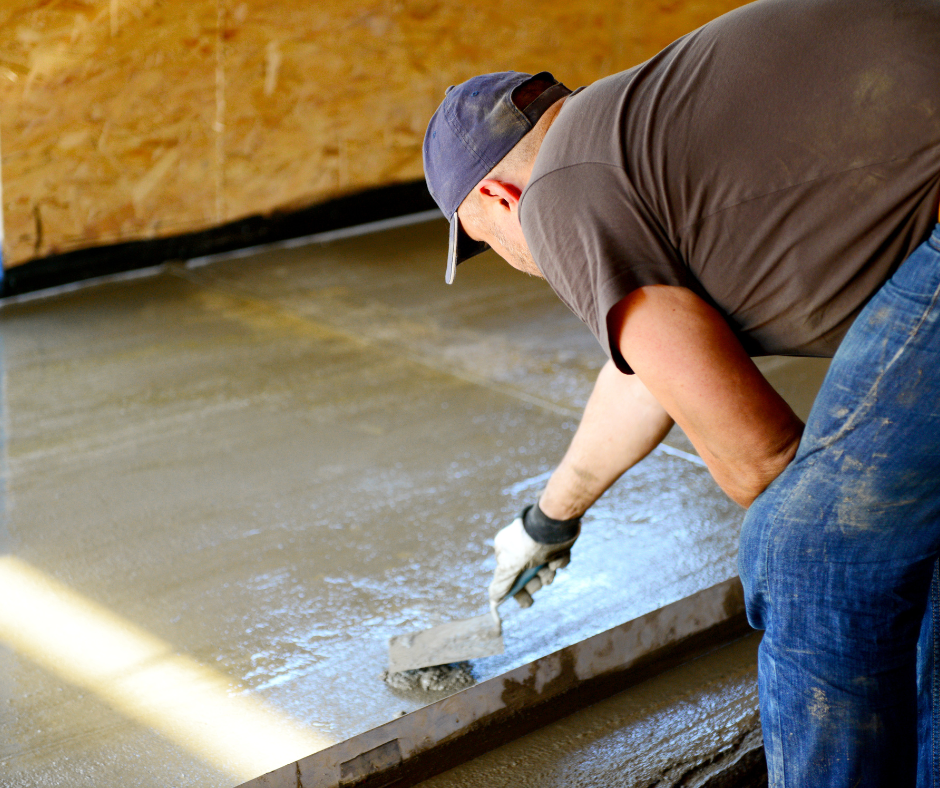Concrete surfaces can degrade over time due to weather exposure, heavy foot traffic, or structural shifts. Concrete overlay repair provides an excellent solution to restore and enhance these surfaces. However, when it comes to repairing a concrete overlay, you might wonder whether a DIY approach is sufficient or if hiring a professional is the better option. Understanding the pros, cons, costs, and challenges of each option will help you make an informed decision.
Understanding Concrete Overlay Repair
A concrete overlay repair is a process of stacking a thin layer of new concrete onto the existing surfaces to add more extended life and increase the beauty of a place. Overlay can wear, crack, chip, or turn out to be unbalanced with time, thus necessitating repairs. The repair process includes degreasing the surface, and filling in areas of cracks with color mix followed by applying a new topcoat to refringe concrete looking and working like a new one.
Both DIY and professional repairs have their pros, the choice considers details like the level of your skills, the area of damage, and the way of the finish you want to achieve.
DIY Concrete Overlay Repair
Pros of DIY Repair
Cost Savings – DIY concrete overlay repair offers several benefits, one of which is the possibility of cost savings. It eliminates labor expenses because you simply need to buy the supplies and tools.
Convenience: You can rapidly fix small damage on your own without having to schedule a contractor’s appointment.
Learning Experience: You can gain important skills that you can apply to future home renovation projects by doing the repair yourself.
Cons of DIY Repair
Quality Concerns – Without proper experience, achieving a smooth and durable finish can be difficult. Premature failure can result errors including poor mixing, uneven application, or insufficient surface preparation.
Time-consuming- Although little fixes can be doable, more involved projects take a lot of time and work, particularly if you’re not familiar with the procedure.
Limited Tools and Materials- Experts employ specific tools that do-it-yourselfers might not have access to. It might be difficult to get a professional-quality finish without these equipment.
When to Choose DIY
• Small cracks, chips, or surface imperfections
• When you have experience working with concrete materials
• If you are comfortable following repair instructions and have the necessary tools
Professional Concrete Overlay Repair
Pros of Hiring a Professional
High-Quality Results – Experts possess the necessary skills to guarantee a perfect finish, giving the restored surface a smooth and long-lasting appearance.
Appropriate Surface Preparation- An extensive surface preparation is essential to a durable restoration. Professionals know how to clean, prime, and bond the overlay correctly to prevent issues.
Access to Better Materials and Tools – The overlay attaches nicely and resists wear and tear because contractors utilize premium materials and cutting-edge equipment.
Time Efficiency- Experts can do the task far more quickly than a do-it-yourself method, which minimizes annoyance.
Cons of Hiring a Professional
Higher Costs – Professional repairs come with labor and service fees, making them more expensive than DIY projects.
Scheduling Challenges – Depending on the contractor’s availability, you may have to wait for an appointment, which could delay your repair.
When to Choose a Professional
• When the damage is extensive, such as deep cracks, widespread chipping, or significant surface deterioration
• If you need a high-quality, long-lasting finish for a visible area
• When you lack the time, experience, or tools to complete the repair yourself
Cost Comparison: DIY vs. Professional Repair
DIY Costs:
• Concrete overlay repair material: £30–£100 (depending on the area)
• Tools (trowels, mixing bucket, resurfacer): £50–£150
• Total estimated cost: £80–£250
Professional Costs:
• Labor: £300–£1,500 (depending on the job size)
• Materials and tools included in the service
• Total estimated cost: £500–£3,000
While a DIY repair might be less expensive, a badly completed work may necessitate further repairs later on, raising overall expenditures.
Final Thoughts: Choosing the Right Approach
Selecting between a DIY or professional work for concrete overlay repair is a question of numerous factors, such as skills, budget, and severity of damage. If you are fairly experienced in concrete repair and handling small flaws, a DIY work can be a budget-friendly, satisfying option. But if you need a high-quality, durable finish or the damage is severe, and then a professional work is the answer.
Platinum Coatings is a wonderful alternative for people who value professional craftsmanship and long-term durability. Their team concentrates on offering high-quality concrete overlay repair, ensuring that surfaces remain durable and visually beautiful. They deliver exceptional outcomes catered to your particular requirements using cutting-edge materials, skilled processes, and a dedication to quality.






